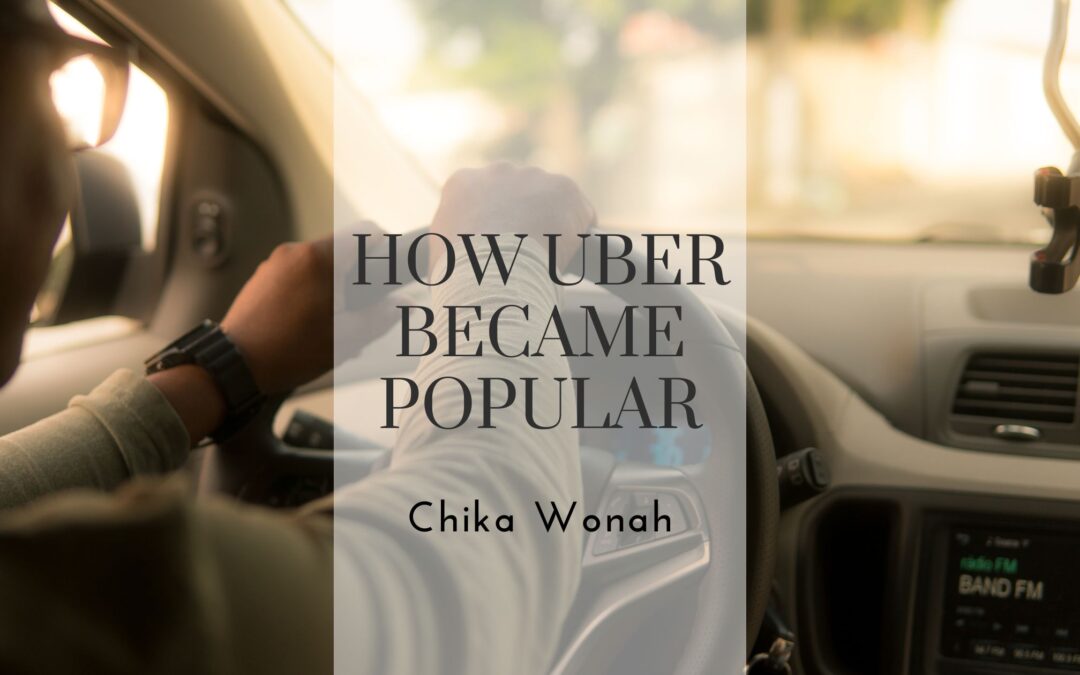Since its launch in 2009, Uber has transformed how people travel inside cities all around the globe. Its innovative business model, coupled with the convenience it offers, has played a pivotal role in its meteoric rise to popularity.
One factor that contributed to Uber’s success was its ability to identify a gap in the market and provide a solution that resonated with consumers. Traditional taxi services often need more availability, high fares, and unreliable service. Uber recognized these pain points and introduced a platform that connected riders with independent drivers through a user-friendly mobile app. This disruptive approach provided users with an alternative means of transportation and offered them a more convenient and reliable option.
Uber’s success can also be attributed to its emphasis on technological innovation. The company harnessed the power of smartphones and GPS technology to streamline the process of booking a ride. Users could request a ride, track its progress, and make cashless payments within a few seconds of using a smartphone app. This seamless technology integration into the transportation experience made it more efficient and enhanced the overall user experience, contributing to Uber’s popularity.
Moreover, Uber’s pricing model significantly influenced its widespread adoption. Unlike traditional taxis, Uber implemented a dynamic pricing model called surge pricing. This approach allowed fares to fluctuate based on supply and demand, ensuring that drivers would be available during peak times while discouraging excessive demand. This flexibility in pricing resonated with consumers, as it offered a level of transparency and predictability that was often absent in traditional taxi services.
Another key factor behind Uber’s popularity was its focus on safety and accountability. Uber introduced features such as driver background checks, rider feedback, and real-time GPS tracking, which helped establish trust and security among users. By prioritizing safety, Uber differentiated itself from traditional taxi services and gained the confidence of a large customer base.
Furthermore, Uber’s expansion strategy played a vital role in its prominence. The company adopted an aggressive approach, expanding rapidly into new cities and countries. This approach allowed Uber to quickly establish a global presence and capitalize on the increasing demand for convenient and reliable transportation options. By entering new markets swiftly, Uber created a network effect, attracting more drivers and riders and further solidifying its position as the go-to transportation platform.
The rise of the sharing economy also contributed to Uber’s popularity. As people increasingly embraced sharing resources and services, Uber’s platform aligned perfectly with this emerging trend. By offering an efficient and cost-effective transportation solution, Uber tapped into the evolving consumer mindset and quickly gained traction among a diverse demographic.
In addition to its disruptive business model and technological advancements, Uber’s strong brand identity and marketing campaigns were crucial in its widespread adoption. The company invested heavily in marketing initiatives, leveraging social media, influencer endorsements, and strategic partnerships to raise brand awareness and attract new users. Through these efforts, Uber successfully positioned itself as a modern and forward-thinking brand, appealing to tech-savvy consumers seeking convenient and reliable transportation options.
Uber’s rapid ascent to popularity can be attributed to various factors. Its innovative business model, leveraging technology to provide a convenient and reliable transportation platform, struck a chord with consumers dissatisfied with traditional taxi services. Uber’s emphasis on safety, dynamic pricing, global expansion, and alignment with the sharing economy further fueled its popularity. By addressing the pain points of transportation services and continuously adapting to evolving consumer preferences, Uber has transformed how people think about urban mobility and set a new standard for the industry.

